“If every task is for society, then how can one be higher or lower?” – These words from Mohan Bhagwat, the current chief of Rashtriya Swayamsevak Sangh (RSS), sum up the core values of the organization. For nearly a century, the RSS has focused on uniting India and strengthening Hindu culture. Despite its vast influence, the organization has faced numerous accusations and controversies. So, what exactly is the RSS, and what role does it play in modern India?
Table of Contents
The Birth of RSS
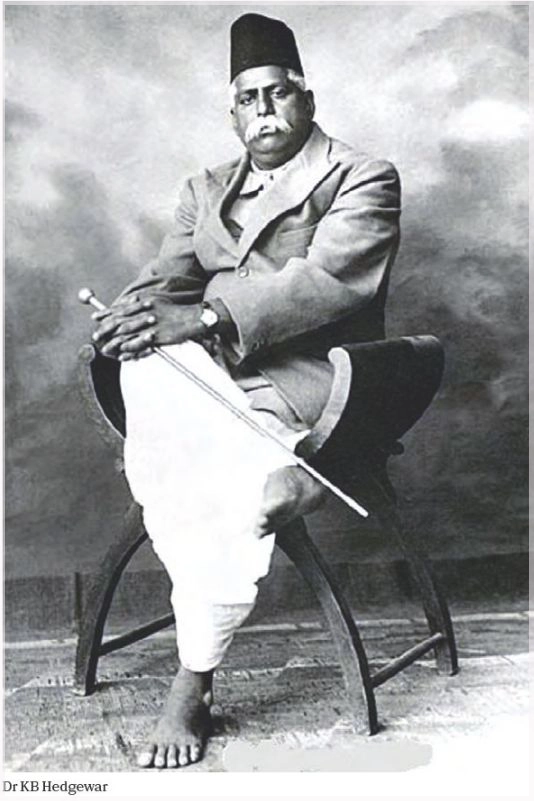
The RSS was founded on September 27, 1925, by Dr. Keshav Baliram Hedgewar in Nagpur. During that time, India was still under British rule, and Dr. Hedgewar was disturbed by the social divisions within Indian society, especially the caste and religious differences. He believed that these divisions made it easier for the British to control India. To counter this, he aimed to create an organization that would unite Hindus and preserve their culture.
The organization started small, with just five members, but has grown immensely since then. Today, RSS has over 1 crore (10 million) members across the country and its leader, called the Sarsanghchalak, is Mohan Bhagwat. The RSS has had a total of six leaders in its history, and the organization’s reach is now global.
What is RSS Ideology?
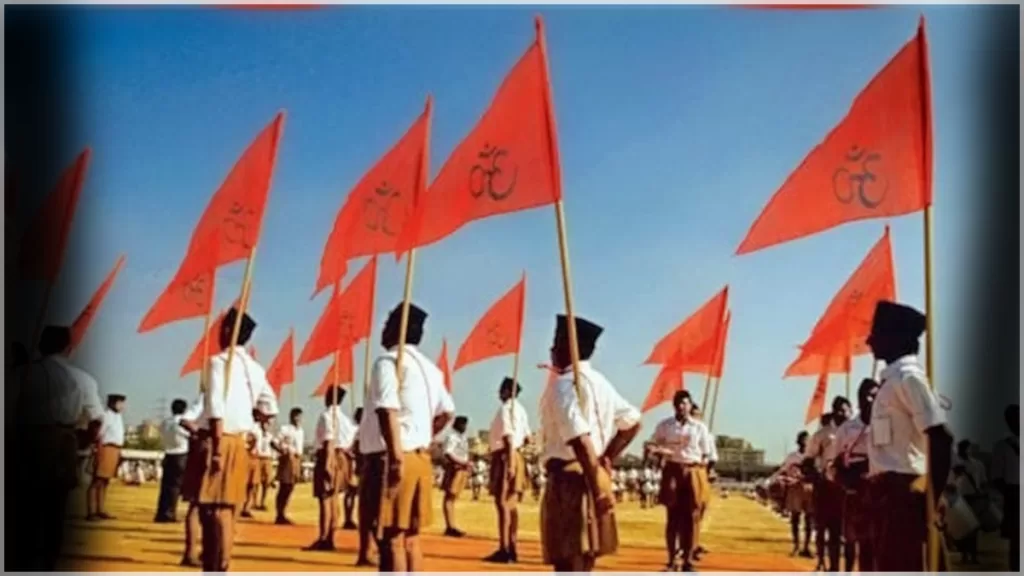
The main ideology of the RSS is the concept of “Akhand Bharat“—a united India, bound by shared culture and values. RSS does not focus on worshiping specific gods or goddesses; instead, its members honor the Bhagwa Dhwaj (Saffron Flag). The flag symbolizes sacrifice, purity, and dedication, and under it, all decisions and activities of the RSS are made.
The RSS’s unique uniform is another symbol of its unity and discipline. Members wear a white shirt, khaki pants, brown belt, black shoes, and a black cap. In earlier years, the pants were half-length, but in 2016, the organization adopted full-length pants to reflect changing times.
How Does RSS Work?
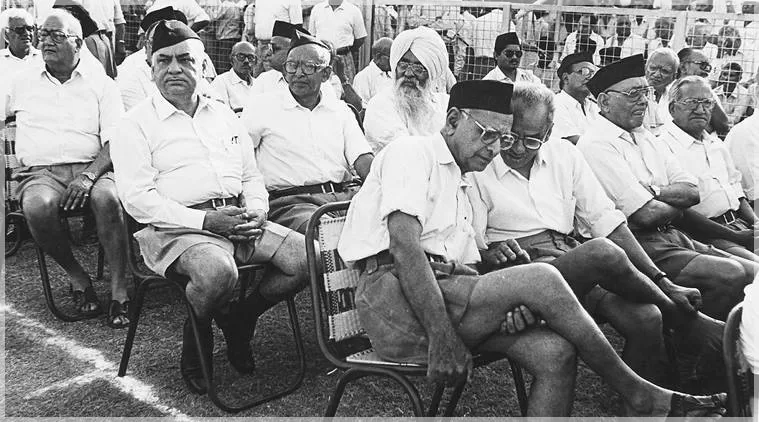
The RSS works by organizing people, making them stronger, and improving their lifestyle. It achieves this through its branches, called “shakhas.” These shakhas, which started with just five people in Nagpur, have now expanded to 68,000 branches across India. These shakhas take place in public spaces every day and serve as hubs for exercise, intellectual discussions, and learning about Indian culture.
The primary goal of these branches is to bring positive changes in both mental and physical health. Activities include yoga, games, and discussions on important social issues. Special efforts are also made to include working youths by holding shakhas on holidays, so they too can participate.

Apart from shakhas, RSS also operates schools like Saraswati Vidya Mandir across the country. These schools provide education and are part of the RSS’s broader mission to serve society.
RSS’s Reach Beyond India
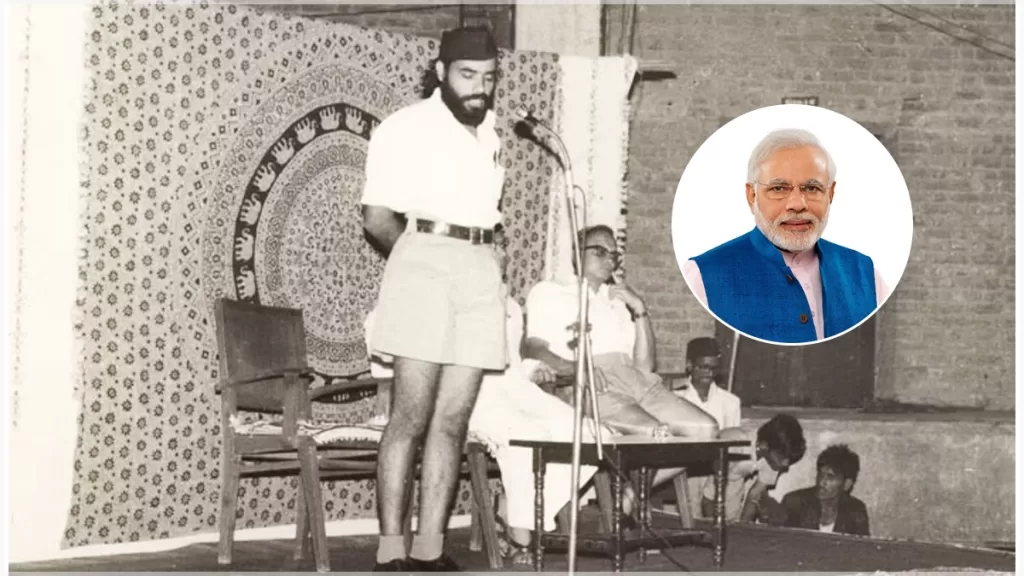
RSS’s influence is not limited to India. It has over 35 associated organizations, including the ruling political party, Bharatiya Janata Party (BJP), and others like Bharatiya Mazdoor Sangh, Bharatiya Kisan Sangh, and the Vishwa Hindu Parishad (VHP). Prime Minister Narendra Modi and other top leaders like Nitin Gadkari have their roots in the RSS.
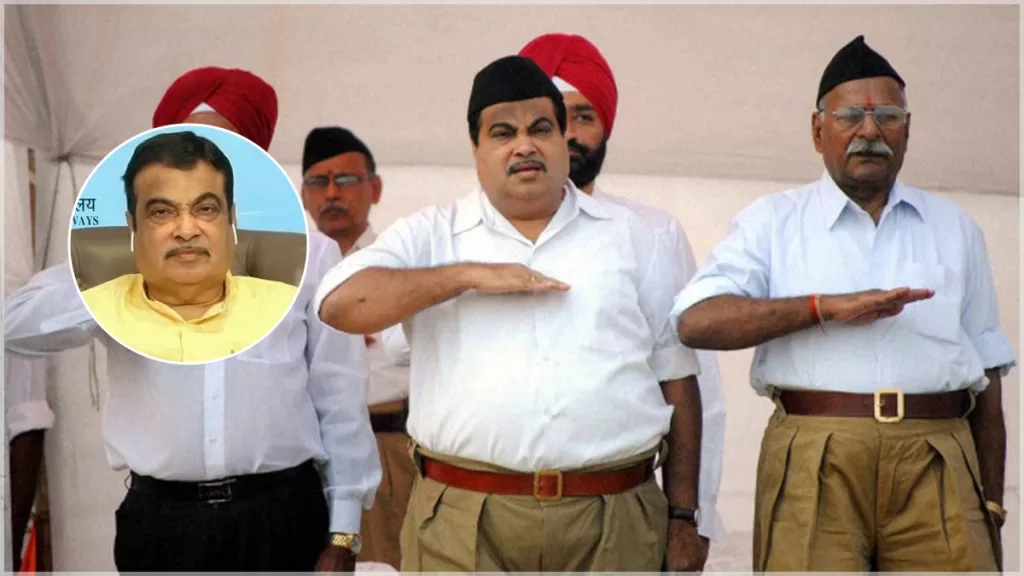
RSS is often seen as an organization that drives India’s political and social landscape, especially through its connection with the BJP.
The Controversies Surrounding RSS
Despite its contributions to society, RSS has been involved in many controversies. Critics have accused it of being anti-national for not accepting India’s national flag. From 1950 to 2002, RSS did not hoist the Indian tricolor flag, and this has often been used against them. However, since 2002, RSS began hoisting the national flag every year on January 26 and August 15.
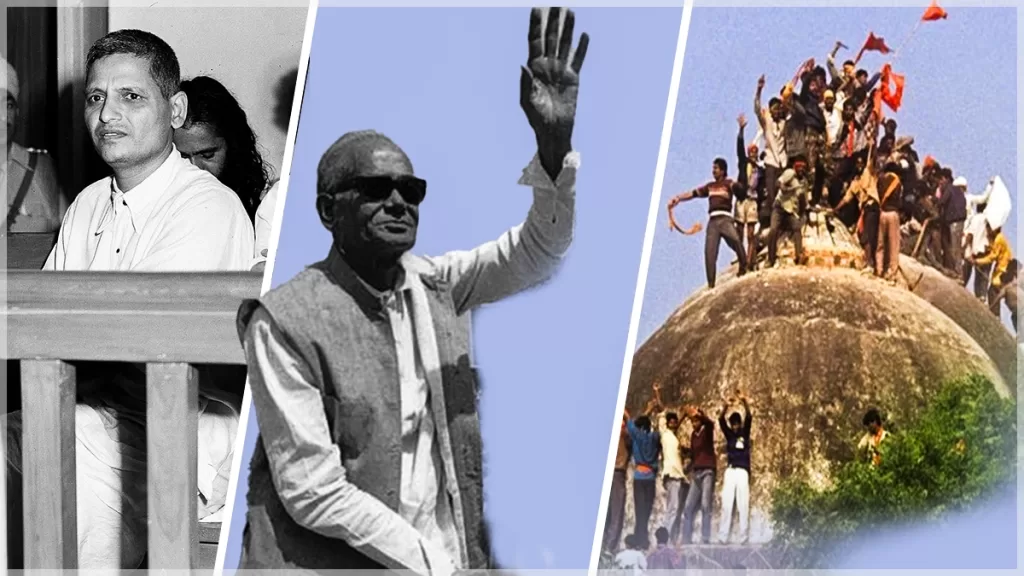
RSS has also been banned three times:
- 1948, after Mahatma Gandhi’s assassination by Nathuram Godse, a former RSS member.
- 1975, during the Emergency imposed by Indira Gandhi, when RSS supported the JP Movement that opposed her rule.
- 1992, after the demolition of the Babri Masjid, when RSS was accused of involvement.
Despite these bans, the organization has continued to grow and remains a powerful force in Indian society.
Contribution to Society
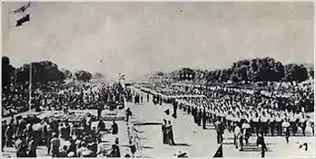
The RSS’s motto has always been to serve the nation. In times of need, the RSS has been at the forefront of relief efforts. During the Indo-China war in 1962, RSS volunteers provided supplies to the army and safeguarded military routes. Even Prime Minister Jawaharlal Nehru, who was often critical of RSS, praised them for their efforts and invited them to participate in the Republic Day parade in 1963.

RSS has also been active during other crises, such as the 1971 Odisha cyclone, the 1984 Bhopal gas tragedy, and the Kargil war. During the recent COVID-19 pandemic, RSS volunteers worked tirelessly to help those affected.
RSS’s service is not limited to India. It has helped during disasters in Nepal, Sri Lanka, and Sumatra, further demonstrating its commitment to humanitarian efforts.
Adapting to Changing Times
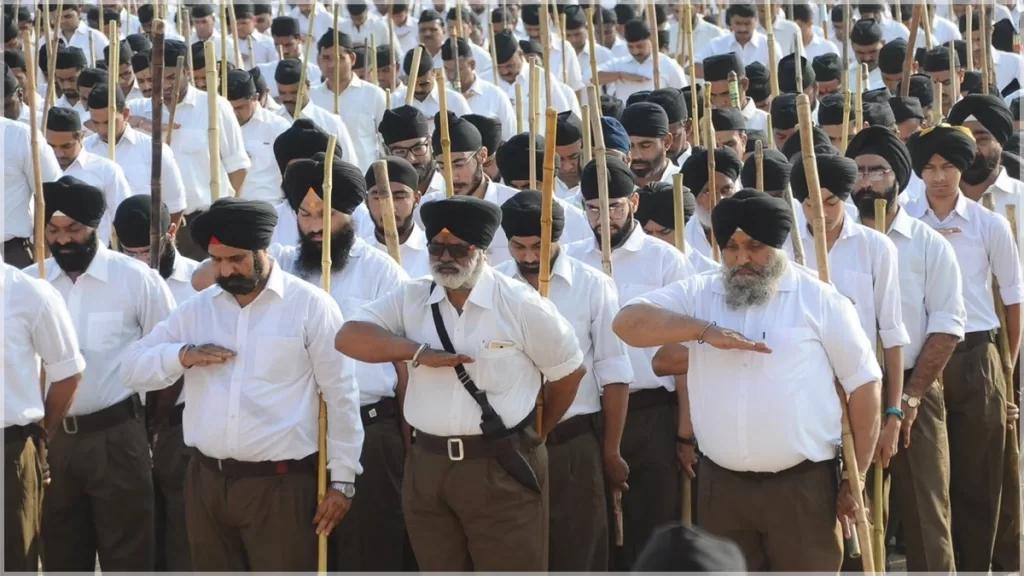
Over time, the RSS has adapted its thinking to include people from different religions and communities. It has established organizations like the Sikh Swayamsevak Sangh and the Muslim Rashtriya Manch to bring Sikhs and Muslims into its fold. According to RSS chief Mohan Bhagwat, a Hindu nation cannot be complete without Muslims, who are an essential part of the country.
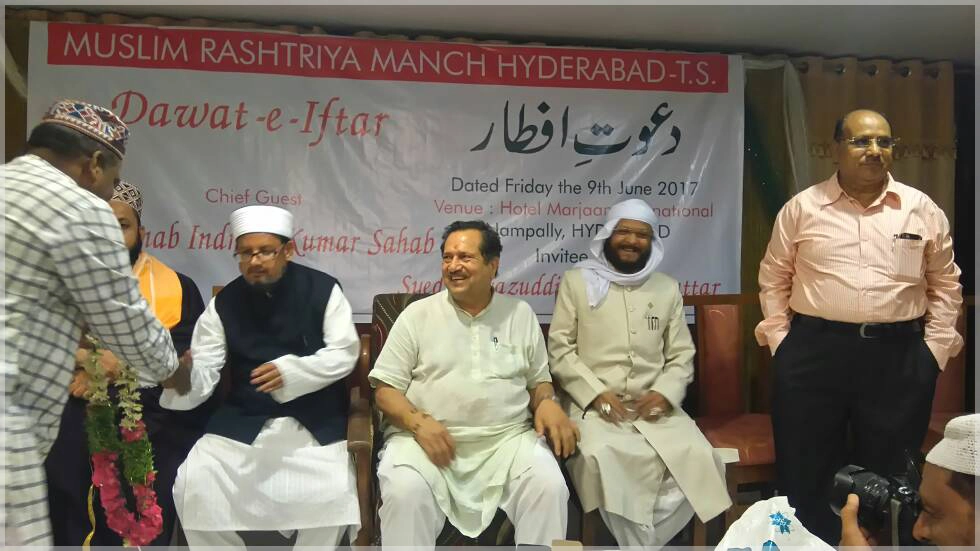
This inclusive approach has helped RSS expand its reach, particularly among the youth. From 2017 to 2022, over 7 lakh people applied to join RSS, with the majority being between the ages of 20 and 35.
100 Years of RSS

The RSS started as a small organization in 1925, but today it stands as one of the most influential forces in India. While it has faced its share of criticism and controversy, the RSS continues to grow and adapt, staying true to its goal of uniting Indian society and preserving its cultural values.
As it approaches its 100th year, RSS remains a powerful organization that shapes not only Indian society but also its politics, leaving an undeniable impact on the country.


